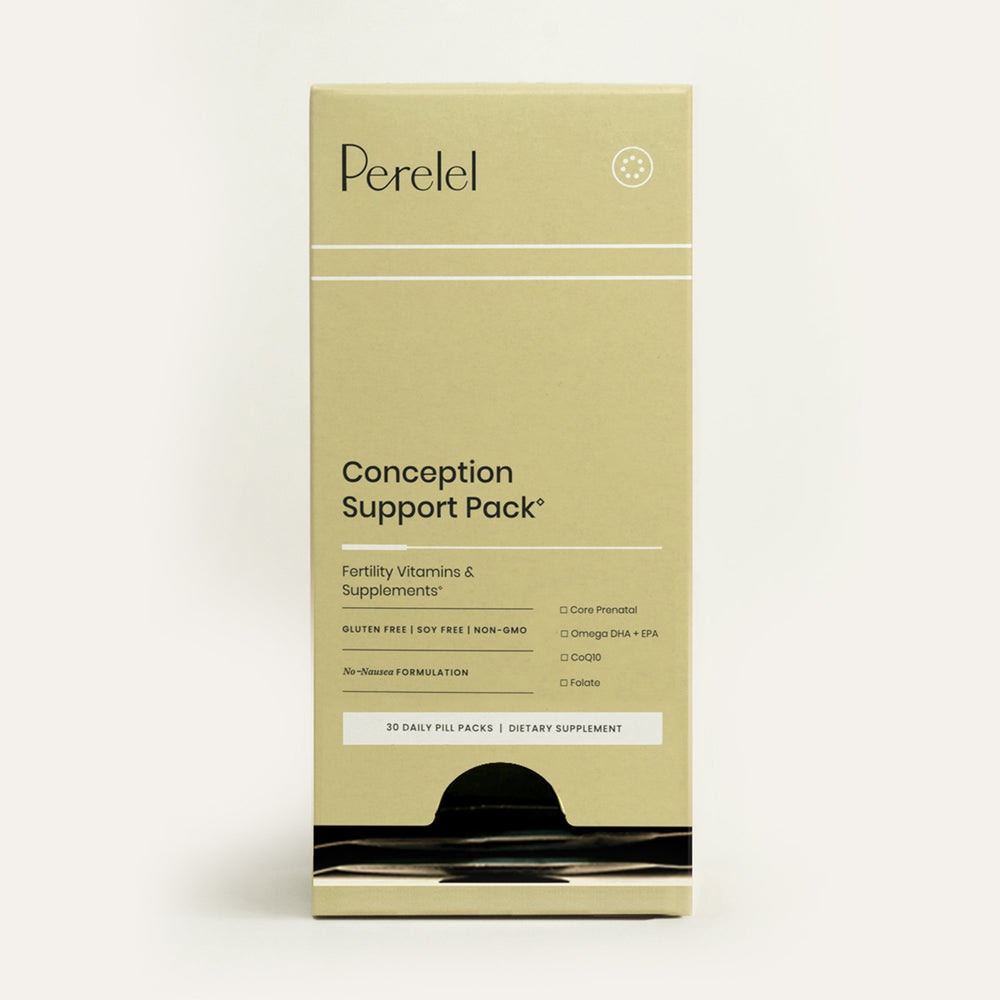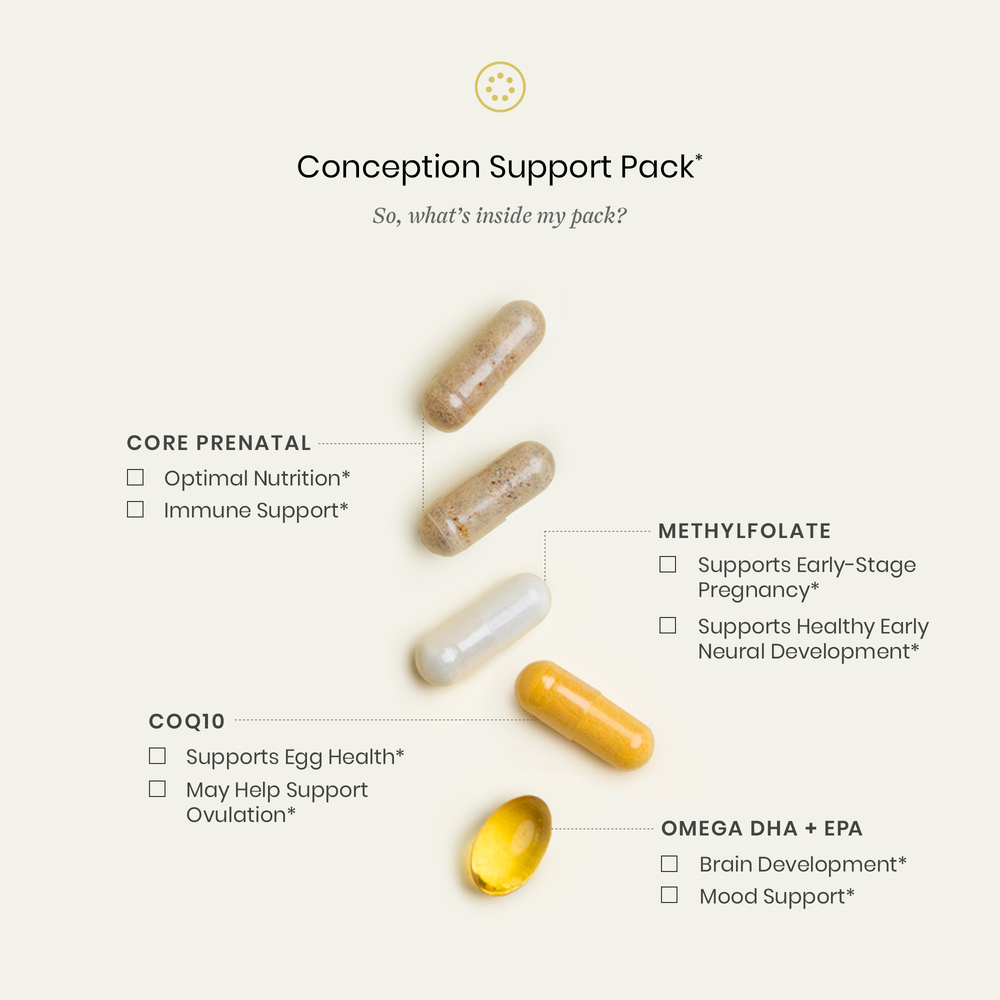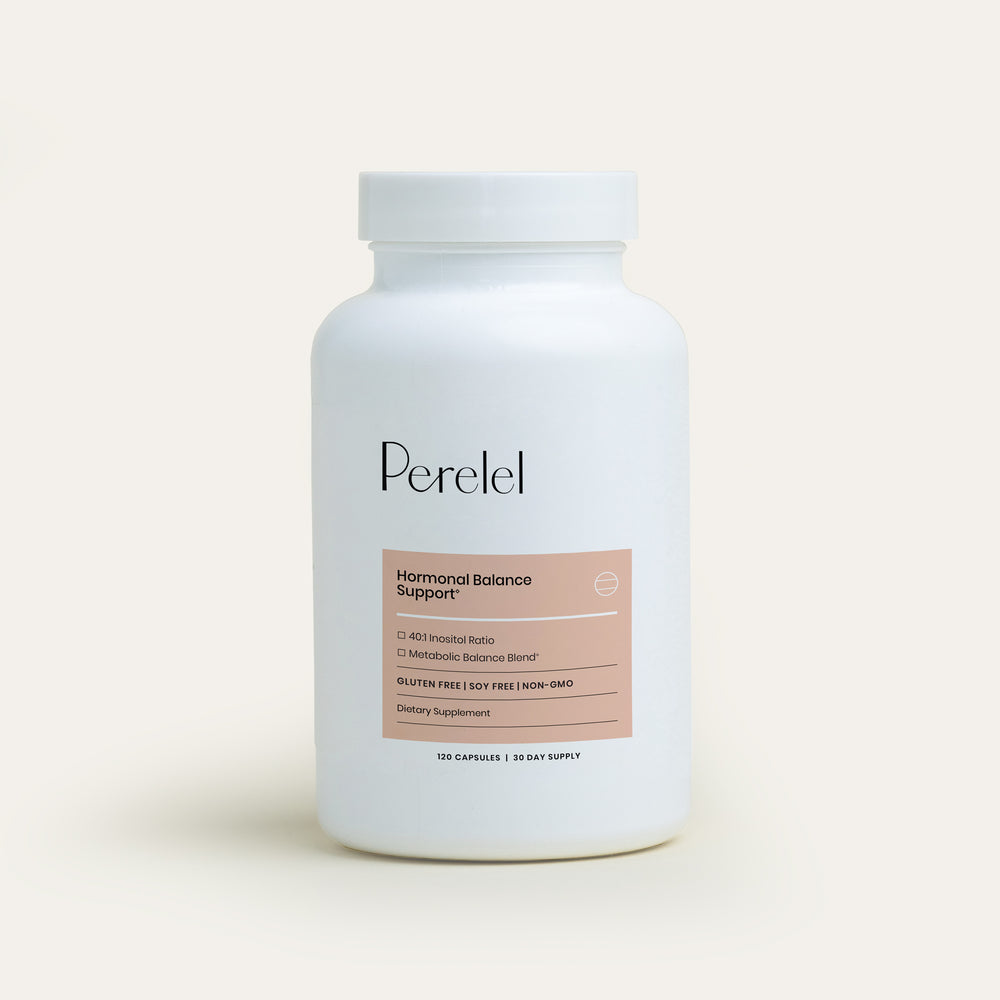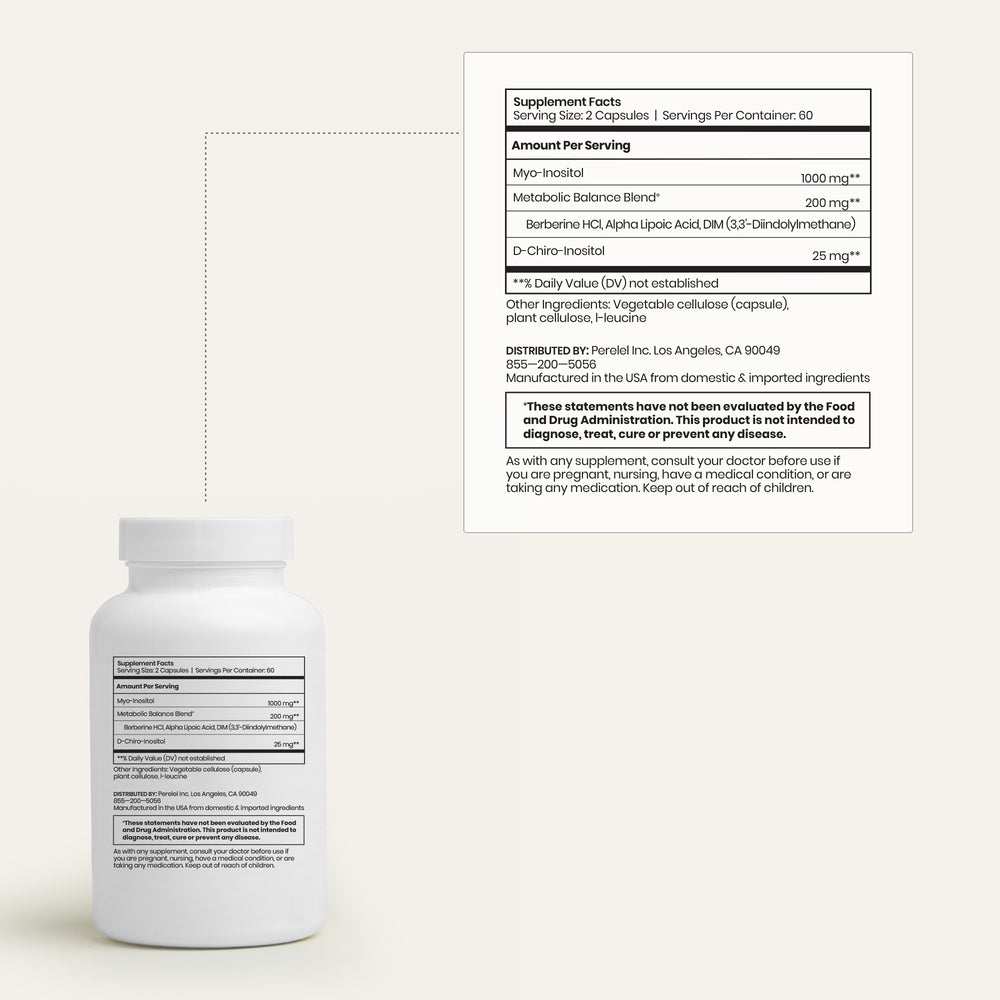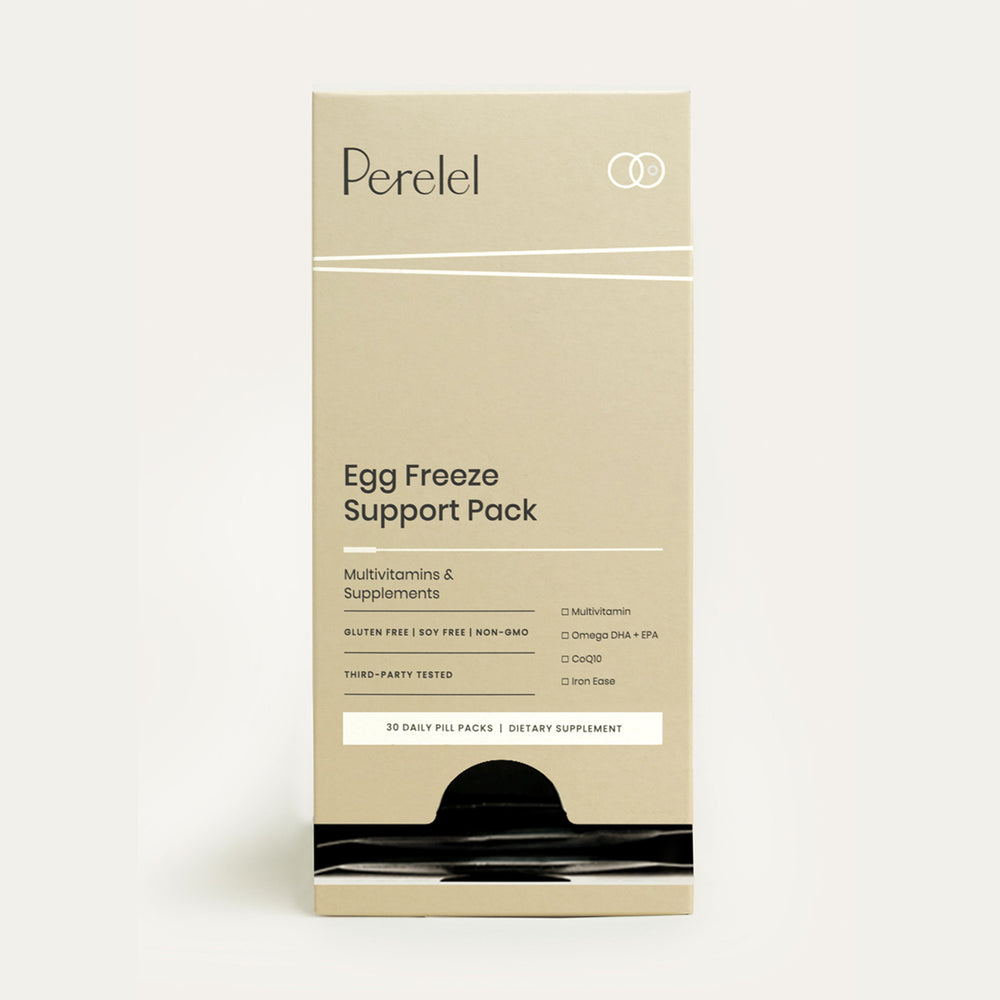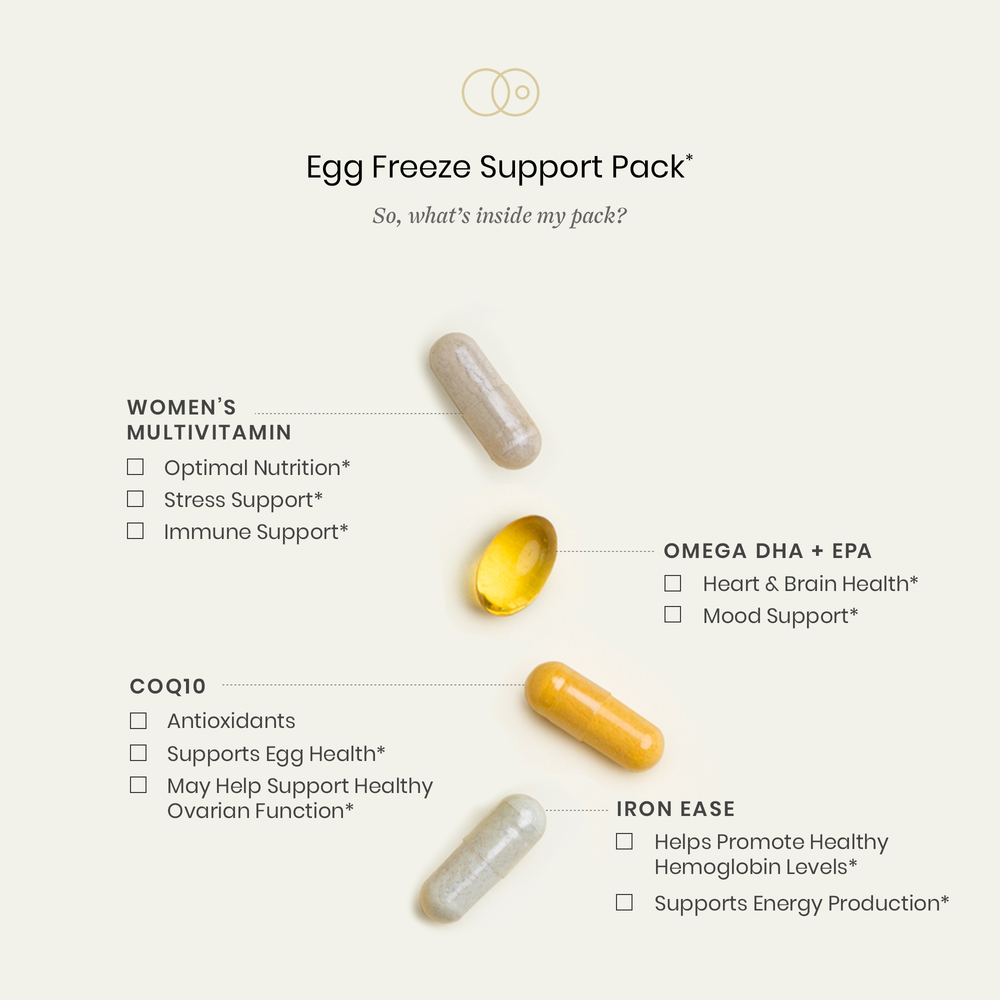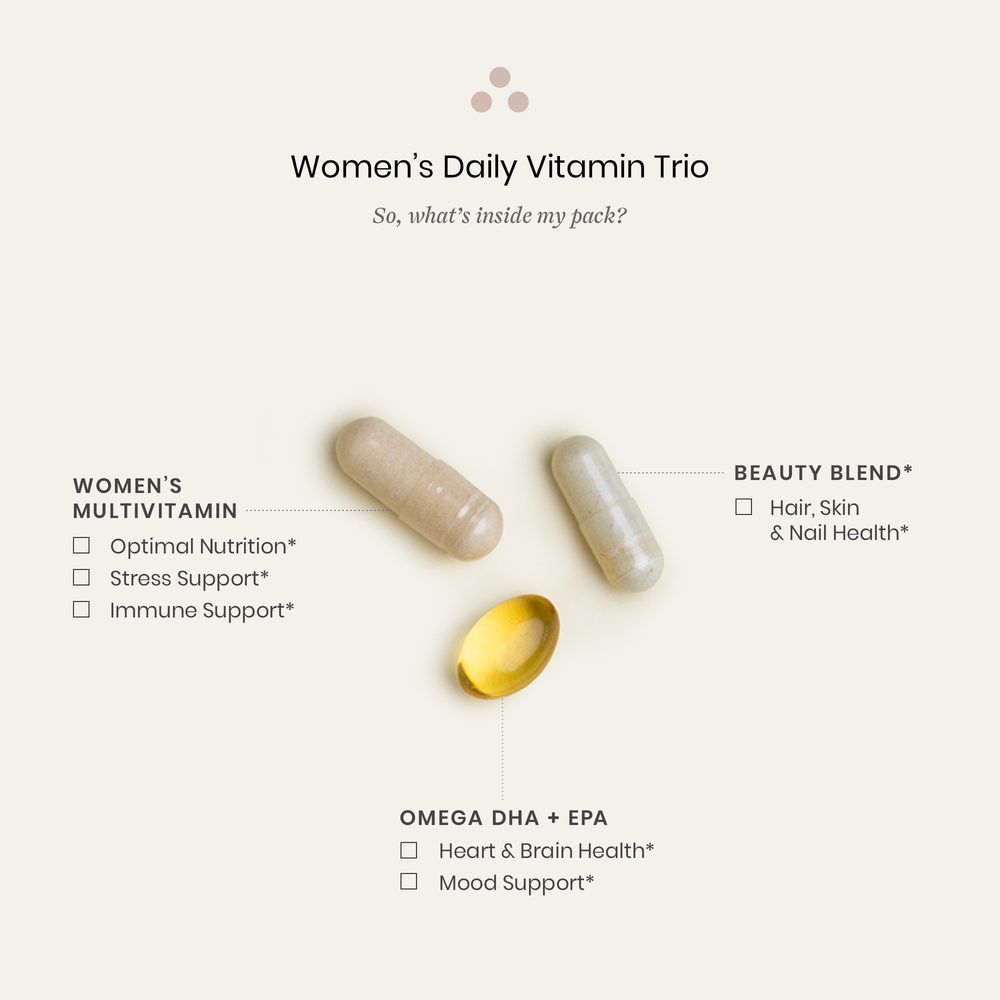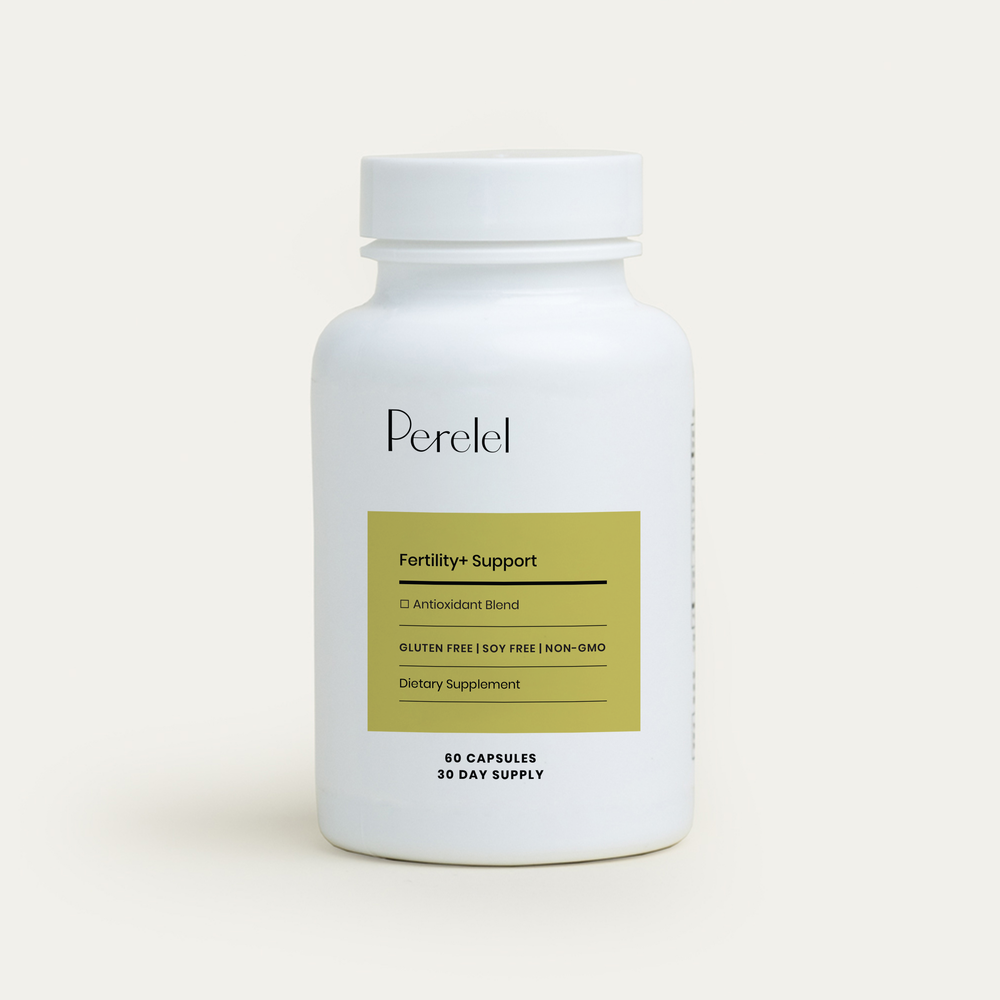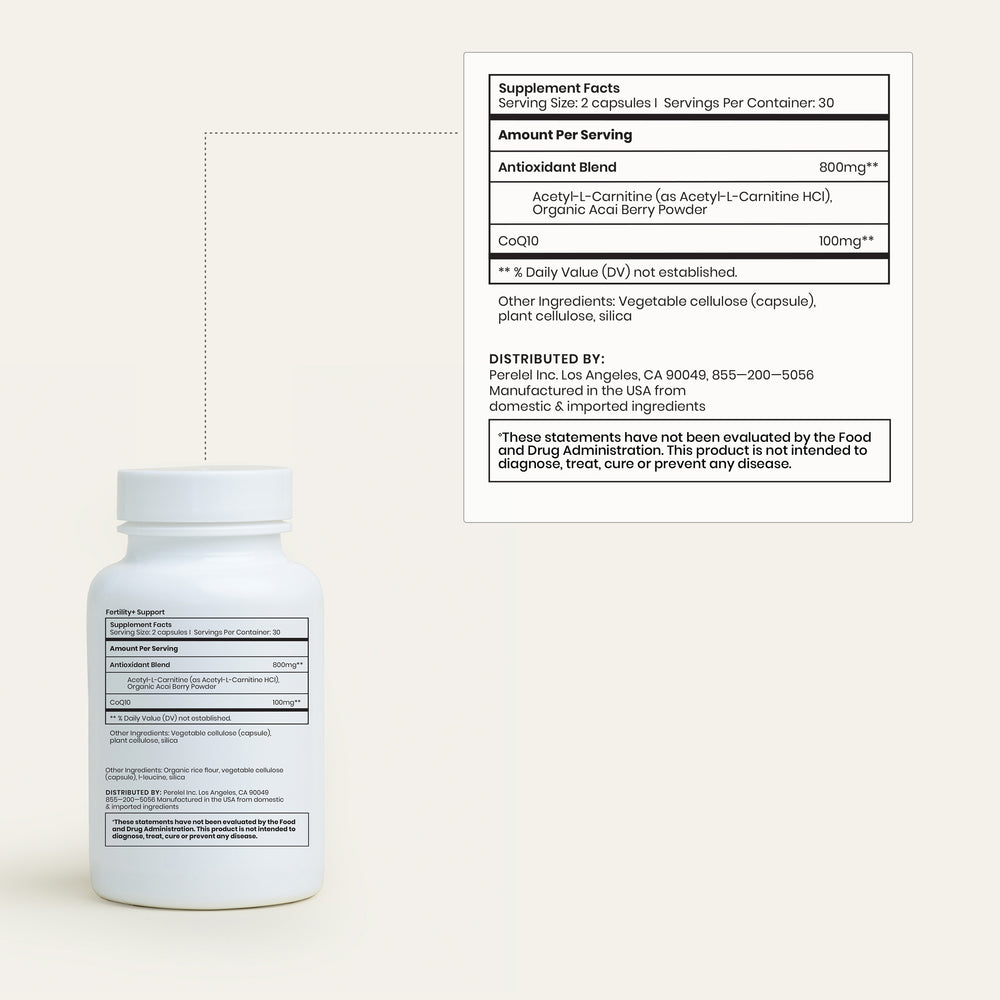As you navigate your fertility journey, you might feel a bit overwhelmed by all the new terms and acronyms you need to learn. What exactly is a “two week wait”? What’s the difference between IUI and IVF? What are hCG, FSH, and GnRH—and what role do they each play in fertility?
It may feel like you’re learning an entirely new language some days (seriously—like getting your Ph.D in fertility), but understanding the terminology can also empower you to make the most informed decisions possible as you grow your family. Here are some of the key terms you’ll need to know at each step of your fertility journey.
Planning for Pregnancy
Understanding your menstrual cycle can help you identify your most fertile days, which boosts your chances of conceiving. It can also help you to take note of any irregularities in your cycle and address any underlying issues that may affect your fertility down the road.
Here are a few key terms you’ll want to know at this stage of the game:
- Basal body temperature: your body temperature at rest. Basal body temperature typically rises slightly during ovulation, so tracking it each morning can help you pinpoint the day in your cycle that you typically ovulate. This can help you to predict your fertile window in the future.1
- Cervical mucus: a type of vaginal discharge that may be used to help predict ovulation. A day or two before ovulation, this discharge typically becomes stretchy and slippery, with a similar consistency to egg whites.2
- Fertile window: the period of time when you’re most likely to conceive. Your fertile window typically includes the five days before ovulation, the day of ovulation, and the day after. (Why is it so long? Because sperm can actually survive up to five days in the uterus—and fertilize your mature egg during the 24-hour ovulation period.)
- Ovulation: the release of a mature egg from the ovary. The first day of your period is considered Day 1 of your menstrual cycle, and ovulation typically happens two weeks prior to this. In an average 28-day menstrual cycle, that means ovulation happens around Day 14.
- Two-week wait: the time between ovulation and the expected first day of your period. Because it takes approximately two weeks for levels of the pregnancy hormone hCG to register on a home pregnancy test, experts recommend waiting to test until after you’ve missed your period. The two-week wait is the exciting—but often nerve-wracking—time while you wait to find out if conception was successful.
During this time, there are a few simple steps you can take to support fertility:
- Track your cycle. Around six months before you start trying to conceive, get in the habit of tracking your cycle in a health app or a journal. This can help you to find your most fertile times and increase your chances of a healthy pregnancy.
- Eat a balanced diet. Support fertility with a healthy eating plan that includes plenty of folate-rich foods, full-fat dairy, omega-3 fatty acids, iron, and antioxidants.
- Start taking prenatal vitamins. Prenatal vitamins can fill in any nutritional gaps in your diet and make sure you’re getting the key nutrients you need to support healthy fetal development—even before you realize you’re pregnant. Our experts recommend starting a prenatal vitamin routine six months to a year before you're ready to get pregnant. Better yet, choose a regimen specifically targeted to supporting pre-conception and egg health, like our Conception Support Pack.*
- Adopt a healthier lifestyle. Keeping your weight within a healthy range, quitting smoking, avoiding alcohol, and cutting back on caffeine (aim for less than 200mg per day) can all help you boost fertility.
Shop the Article:
Defining Infertility
When it takes longer than expected to get pregnant, it can be stressful. So how do you know when it’s time to worry?
Infertility is typically defined as an inability to get pregnant after one year or longer of unprotected sex.3 If you’ve been trying for a year, you may want to schedule an appointment with a fertility specialist who can help to pinpoint possible causes and recommend fertility treatment options.
However, you may want to schedule an appointment sooner if:
- You’re over the age of 35 and you’ve been trying to get pregnant for six months or more.
- Your periods are irregular.
- You have a history of endometriosis or pelvic inflammatory disease.
- You’ve had previous miscarriages.
Common Factors that Affect Fertility
If you’re concerned about your fertility, a reproductive endocrinologist can test you and your partner to determine possible causes. It’s important for you and your partner to approach this step in your fertility journey as a team, because research shows that up to half of all infertility cases can be attributed to male factors.4
Identifying the causes of infertility is a crucial first step in finding the most effective treatment option for you. Here’s a guide to some of the terms you may come across while looking into various factors—both male and female—that can contribute to infertility.
Amenorrhea: the absence of menstrual periods. If you’ve missed three or more periods in a row, let your doctor know. Amenorrhea may be caused by stress, poor nutrition, or strenuous exercise—but it can also signal a hormonal imbalance or underlying medical condition.
Anovulation: a condition in which the ovary doesn’t release an egg. While this can cause amenorrhea, some people experience abnormal uterine bleeding (AUB). This type of bleeding is typically irregular and may be very heavy or very light.5
Azoospermia: a condition in which there is no measurable sperm in semen. This affects up to one percent of all men and may be caused by a blockage, hormone imbalance, or issues with testicular function.6
Endometriosis: a condition in which tissue similar to the uterine lining (endometrium) grows outside the uterus. This can cause painful periods, pain during or after sex, and heavy menstrual flow. Endometriosis affects up to 10 percent of women between the ages of 25 and 40, and up to 50 percent of women with endometriosis have difficulty getting pregnant.7,8
Morphology: the size and shape of sperm. Abnormal morphology may affect the ability of the sperm to reach and fertilize the egg. However, it’s normal for up to 10 percent of sperm to be abnormal, and it may not be a cause for concern unless nearly all of the sperm in a sample are abnormal.9
Motility: the ability of sperm to move efficiently through the female reproductive system. Abnormal motility is a common cause of male factor infertility.
Oligospermia: low sperm count, defined as having less than 15 million sperm per milliliter of semen.10
Pelvic Inflammatory Disease (PID): an infection of the female reproductive organs, which may be caused by certain sexually transmitted infections or bacterial vaginosis. This can cause scarring of the fallopian tubes, and one in 10 women with PID will experience infertility.11
Polycystic Ovary Syndrome (PCOS): a condition in which the ovaries produce an abnormal amount of androgens (male sex hormones). This condition is often characterized by numerous small cysts on the ovaries. PCOS can affect ovulatory function, making it more difficult to get pregnant.
Primary Ovarian Insufficiency: a condition in which the ovaries stop functioning normally before the age of 40. Also known as premature ovarian failure, this condition can lead to irregular periods and reduced fertility.
Retrograde Ejaculation: a condition in which semen moves backwards into the man’s bladder during orgasm, rather than leaving the body. While this isn’t considered to be harmful, it can make it more difficult to conceive.12
Secondary Infertility: a catch-all diagnosis for couples who experience infertility after a successful pregnancy (without fertility interventions).
Unexplained Infertility: terminology used when fertility testing doesn't reveal a specific diagnosis or underlying cause that is preventing pregnancy. 30 percent of couples worldwide are diagnosed with unexplained infertility.
Varicocele: an abnormally dilated vein in the scrotum. Around 15 percent of adult males have a varicocele, and around 80 percent of men with varicoceles will be able to conceive without medical intervention.13 However, in some cases, a varicocele may lower the quantity and quality of sperm, which can affect fertility.14
Infertility Treatment Terms and Options
Depending on what’s affecting your fertility, your doctor can help you determine which treatment options will give you the best chance of a healthy pregnancy. Here are a few of the treatment options that may cross your radar.
Assisted Hatching (AH): a technique used during in vitro fertilization (IVF) in which a small hole is made in the embryo’s protective shell to boost its chances of successful implantation in the uterine wall.15
Blastocyst Transfer: a relatively new technique used in IVF, in which an embryo is cultured in the lab until it reaches the blastocyst stage, then transferred to the uterus. This helps to reduce the risk of multiple births (e.g. twins and triplets) associated with IVF.16
Clomiphene citrate (Clomid): a medication that may be prescribed to induce ovulation. Due to potential side effects, treatment with clomiphene is typically limited to three cycles.17
Egg retrieval: a procedure in which eggs are retrieved from the ovaries for fertilization in a lab as part of the IVF process.
Egg donation: the process of donating healthy eggs to another woman for use in IVF treatment. This can benefit women who have trouble conceiving due to decreased ovarian function or egg quality.
Embryo freezing: the process of freezing fertilized eggs for later use, also known as cryopreservation. Successful IVF treatment may result in multiple embryos, and women may opt to freeze the extra embryos for future IVF cycles, to avoid going through the egg retrieval process again. Embryos may also be frozen to preserve future fertility for patients who are facing fertility risks such as advanced age or cancer treatment.
Embryo transfer: a procedure in which one or more eggs that have been fertilized in a lab are placed into the uterus.
Follicle stimulating hormone (FSH): a hormone produced by the pituitary gland that plays a role in ovarian and testicular function. Low FSH levels can be a contributing factor to infertility. Doses of FSH may be used during IVF to stimulate the ovaries to produce follicles.
Gamete Intrafallopian Transfer (GIFT): a fertility treatment in which the egg and sperm are combined outside of the body and inserted directly into the fallopian tubes. If successful, fertilization takes place inside the body. GIFT is more invasive than IVF and requires a surgical procedure.18
Gonadotropin Releasing Hormone (GnRH): a reproductive hormone that plays a critical role in fertility by stimulating production of follicle-stimulating hormone (FSH) and luteinizing hormone (LH). Low GnRH levels can suppress sperm count, ovulation and sexual activity. A type of medication called Gonadotropin Releasing Hormone Agonists may be prescribed to activate the pituitary gland to make more FSH and LH.
Human Chorionic Gonadotropin (hCG): the “pregnancy hormone” produced by the placenta during pregnancy. HCG can be used in fertility treatment to trigger ovulation and increase the chances of conception.19 Intracytoplasmic Sperm Injection (ICSI): a technique in which a single live sperm is injected into an egg using a microscopic needle. In IVF, the egg is combined with sperm in a lab, and one sperm eventually fertilizes the egg. But in ICSI, an embryologist injects a single sperm from a semen sample directly into the egg.20 The fertilized egg is then transferred into the uterus.
Intrauterine Insemination (IUI): an artificial insemination technique in which sperm is placed directly into the uterus. This boosts the chances of successful fertilization by increasing the number of sperm that reach the fallopian tubes.
In Vitro Fertilization (IVF): an assisted reproductive technique in which eggs are retrieved from the ovaries and fertilized by sperm in a lab setting. After developing for a few days, the embryos are transferred into the uterus.
Luteinizing hormone (LH): a hormone that plays a key role in fertility. In men, LH helps with testosterone production; in women, LH helps with ovulation.
Zygote Intrafallopian Transfer (ZIFT): a procedure in which fertilized eggs (zygotes) are transferred into the fallopian tubes.
Learning the in’s and out’s of fertility alongside navigating your own fertility journey can be challenging, so it’s important to care for your mental health throughout the process. It’s also helpful to connect with other people along the way. As it turns out, while our individual fertility and conception stories are our own, there are far more commonalities and shared experiences that are sure to make you feel less alone.
Resources:
1 Mayo Clinic: Basal body temperature for natural family planning
2 Cleveland Clinic: Cervical Mucus
5 MedlinePlus: Abnormal Uterine Bleeding
6 Cleveland Clinic: Azoospermia
7 Johns Hopkins Medicine: Endometriosis
8 American Society for Reproductive Medicine; Endometriosis: Does It Cause Infertility?
9 Mayo Clinic; Abnormal sperm morphology: What does it mean?
10 Cleveland Clinic: Oligospermia
11 American College of Obstetricians and Gynecologists: Pelvic Inflammatory Disease
12 Mayo Clinic: Retrograde Ejaculation
13 Johns Hopkins Medicine: Varicocele
15 American Society for Reproductive Medicine: Assisted Hatching
17 Marilyn K Mbi Feh et al; Clomiphene; Jan 2024


